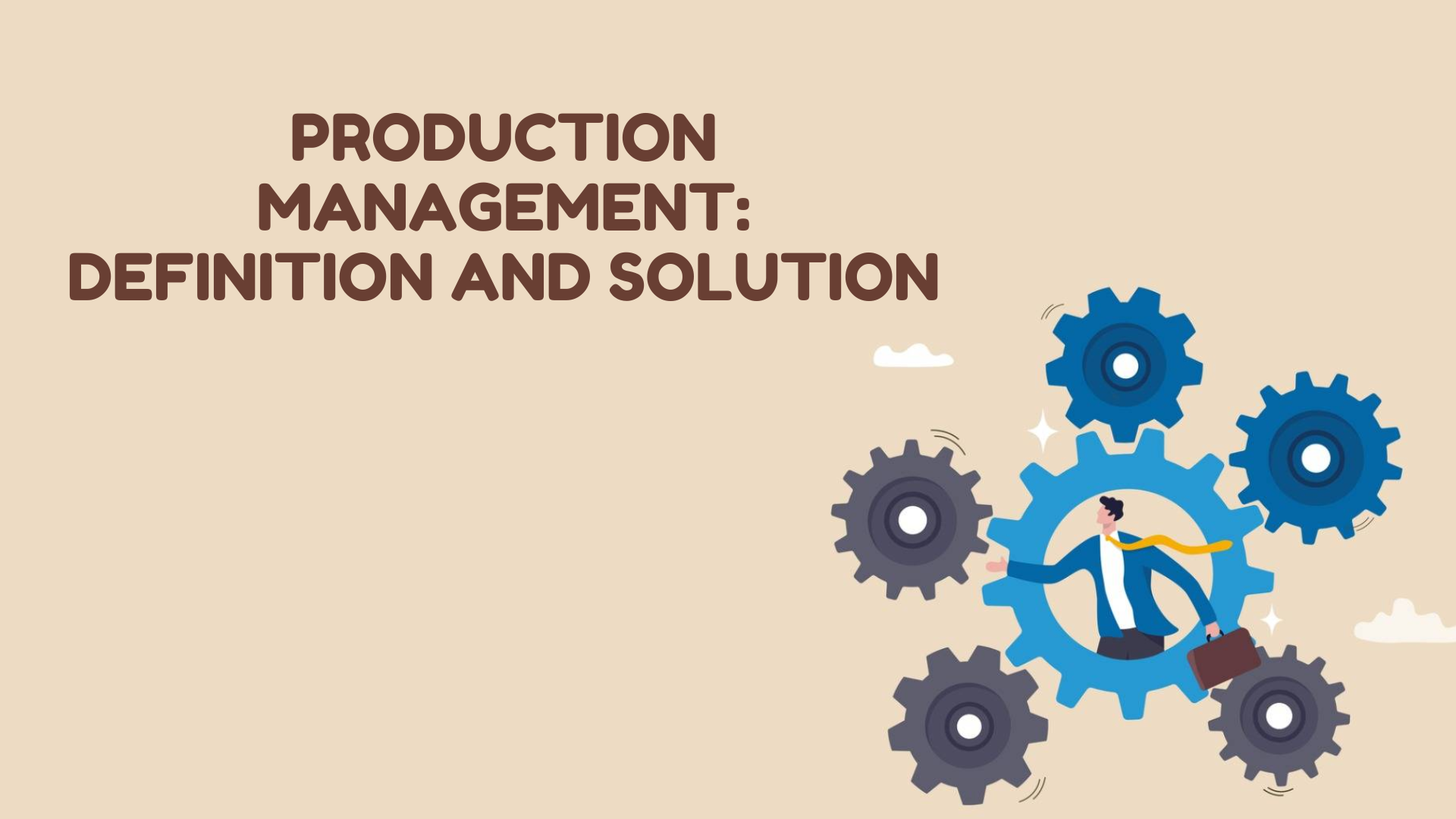Whether you’re running a small business or overseeing a large manufacturing operation, understanding the principles and practices of production management can help you streamline processes, reduce costs, and improve product quality. This blog provides a comprehensive overview of production management, including its definition, key components, and practical solutions for common challenges.
What is Production Management?
Production management involves planning, organizing, directing, and controlling the production process to ensure that goods are produced efficiently, cost-effectively, and to the desired quality standards. It encompasses a range of activities, from designing the production system to managing the flow of materials, workforce, and equipment.
Key Components of Production Management
- Production Planning: This involves forecasting demand, determining the production capacity, and scheduling production activities. The goal is to ensure that production meets customer demand without overproducing or underproducing.
- Production Control: Monitoring and controlling the production process to ensure that it stays on track. This includes quality control, inventory management, and troubleshooting production issues.
- Process Design: Designing the production process to maximize efficiency and minimize waste. This includes selecting the appropriate technology, machinery, and workflows.
- Resource Management: Managing the resources required for production, including raw materials, labor, and equipment. Efficient resource management ensures that production runs smoothly and cost-effectively.
- Quality Management: Ensuring that the products meet quality standards and customer expectations. This involves implementing quality control measures and continuous improvement processes.
Solutions to Common Production Management Challenges
Effective production management requires addressing various challenges that can disrupt the production process. Here are some practical solutions to common issues:
1. Demand Forecasting
Challenge: Inaccurate demand forecasting can lead to overproduction or underproduction, resulting in increased costs and customer dissatisfaction.
Solution: Use advanced forecasting techniques and tools, such as statistical analysis and machine learning, to improve accuracy. Collaborate with sales and marketing teams to gather insights and adjust forecasts regularly based on real-time data.
2. Inventory Management
Challenge: Poor inventory management can result in excess stock or stockouts, tying up capital and disrupting production.
Solution: Implement inventory management systems (IMS) and just-in-time (JIT) inventory practices to maintain optimal inventory levels. Use barcode scanning and RFID technology to track inventory in real time and automate reordering processes.
3. Production Scheduling
Challenge: Inefficient production scheduling can lead to bottlenecks, downtime, and missed deadlines.
Solution: Use production scheduling software to optimize the production schedule. Consider techniques like the Theory of Constraints (TOC) to identify and address bottlenecks, and use Gantt charts to visualize and manage production timelines.
4. Quality Control
Challenge: Inconsistent product quality can lead to customer complaints, returns, and loss of reputation.
Solution: Implement a robust quality management system (QMS) that includes regular inspections, testing, and audits. Use Six Sigma and Total Quality Management (TQM) methodologies to identify and eliminate defects and continuously improve quality.
5. Resource Utilization
Challenge: Inefficient use of resources can increase production costs and reduce profitability.
Solution: Conduct regular resource audits to identify areas of waste and implement lean manufacturing principles to optimize resource utilization. Use capacity planning tools to ensure that resources are allocated effectively and adjust production plans based on resource availability.
6. Technology Integration
Challenge: Outdated or incompatible technology can hinder production efficiency and data accuracy.
Solution: Invest in modern production management software that integrates with other business systems, such as ERP and CRM. Use IoT (Internet of Things) technology to connect machinery and monitor production processes in real time, enabling predictive maintenance and reducing downtime.
7. Employee Training and Engagement
Challenge: A lack of skilled workers and low employee engagement can impact production efficiency and quality.
Solution: Provide ongoing training and development programs to enhance employee skills and knowledge. Foster a positive work environment and involve employees in decision-making processes to increase engagement and motivation.
Conclusion
Production management is a critical function that directly impacts the efficiency, quality, and profitability of a business. By understanding the key components of production management and implementing practical solutions to common challenges, companies can optimize their production processes, reduce costs, and deliver high-quality products that meet customer expectations. As technology continues to evolve, staying updated with the latest tools and techniques in production management will be essential for maintaining a competitive edge in the market.









